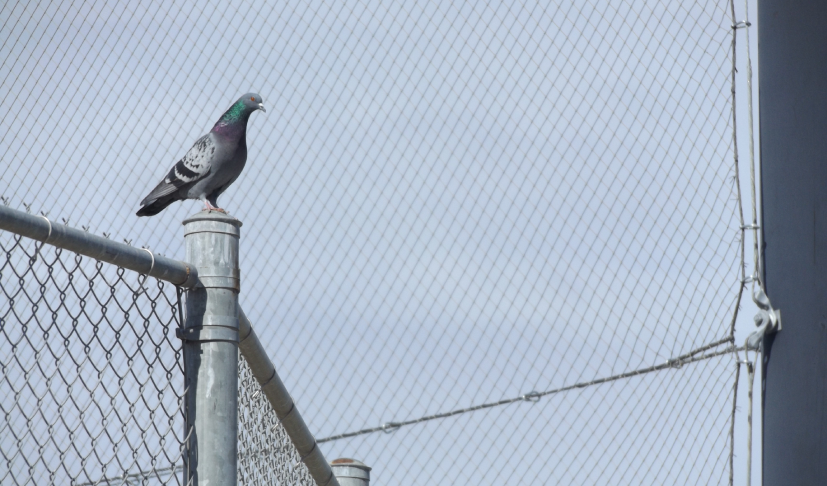House Crickets
House Crickets
Scientific Name: Acheta Domesticus
How to identify a house cricket
Adult house crickets are light yellowish brown in colour with three dark crossbands on their head. They are about 3/4 – 7/8 inch in length and have a threadlike antenna that is often longer than its body, and wings that lie flat on its back. Nymphs are wingless but otherwise look similar to adults.

Where are house crickets commonly found?
House crickets typically live outdoors during the warmer seasons and are especially fond of garbage dumps. They are often attracted to electric lights in larger numbers, sometimes by the thousands, and rest on vertical surfaces such as light poles and house walls. However, when cold weather approaches, they will move indoors to houses and sheds because of the moisture and warmth they provide.
Why are house crickets considered a pest?
While house crickets don’t post a health risk to humans, they can cause damage to property, specifically clothing, carpets and areas covered in fabric. Favorite fabrics include wool, cotton, silk and synthetics. As house crickets typically surface feed, they leave the area roughened from pulling the fibers loose while eating. In the case of a heavy infestation, large areas of fabric may be eaten out. This is why it’s important to get rid of crickets as soon as possible.
What is the biology and lifecycle of a house cricket?
The female can lay approximately 700 eggs. She places these eggs in suitable areas for the hatching of the next generation. Indoors, the females usually lay fewer eggs – up to 100 eggs. These overwintering eggs hatch in late summer with only one generation per year.
Management Tips for House Crickets
The most effective way to get rid of crickets and prevent future infestations is to reduce areas of moisture in and around your home.
Mow the lawn, weed plant beds and move woodpiles away from the structure. Provide adequate ventilation in crawl spaces, basements, etc. Consider changing outdoor lighting to less-attractive yellow bulbs or sodium vapor lamps.
It is also important to seal possible points of entry for house crickets around the house, including window and door frames and holes in masonry. A vacuum can also be used to remove house crickets and their eggs.









